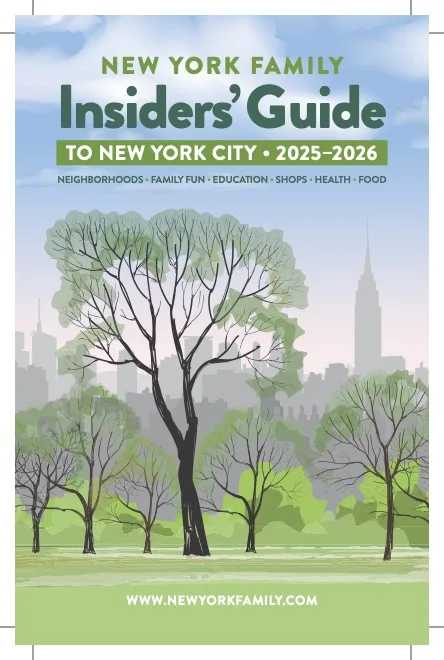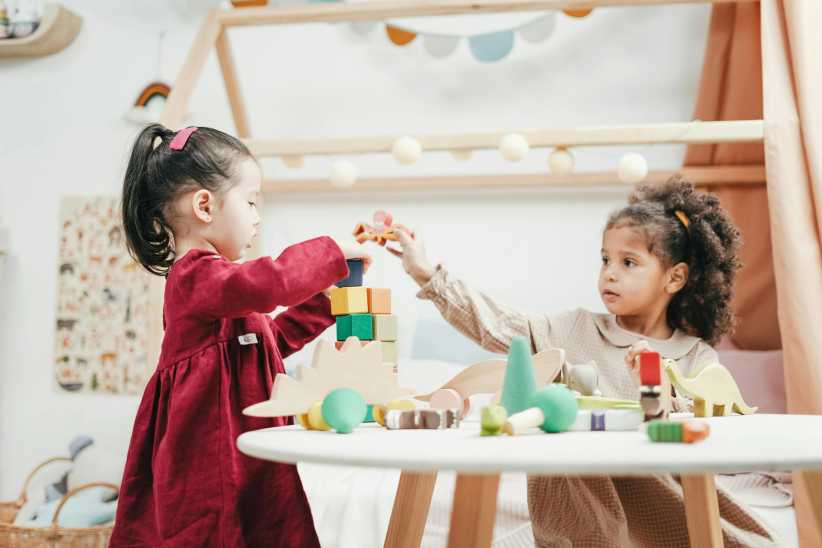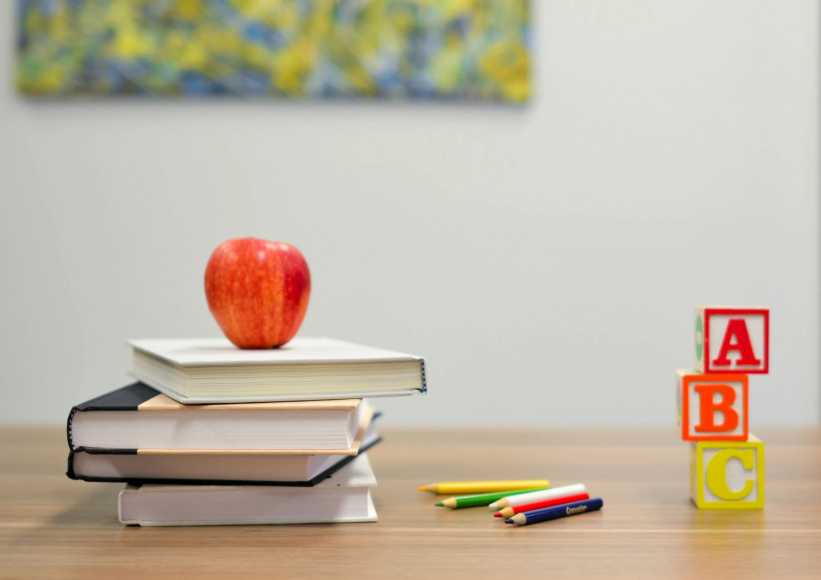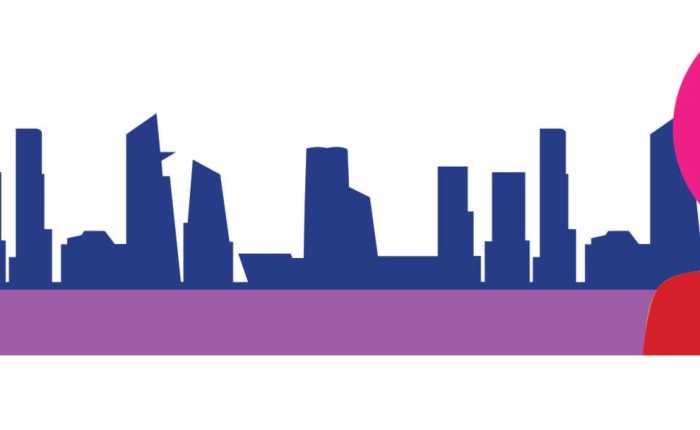 I’m a guitar playing mother of three boys and a long-time early childhood educator. Over and over I have heard that music makes children smarter, better at math and results in higher test scores. Not surprisingly, I’m struck by this narrow and unsophisticated assessment of music’s meaning in the life of children.
I’m a guitar playing mother of three boys and a long-time early childhood educator. Over and over I have heard that music makes children smarter, better at math and results in higher test scores. Not surprisingly, I’m struck by this narrow and unsophisticated assessment of music’s meaning in the life of children.
Music has a profound impact from birth and has value simply for what it is—an outpouring of human emotion. For babies, in particular, music expands their experience of being in the world. It has the potential to introduce a range of feelings that go beyond words even before language develops. When we introduce instrumental music to babies, we can often see their inner world reflected on their faces through their gestures and movements. We’re actually planting the seeds for a rich emotional life that will hopefully blossom happily into the future.
The sooner we plant these seeds the better. In the first year of life, babies intensely listen and learn from the sounds around them. A parent’s tone, a sibling’s cry, a washing machine’s predictable sound or even a dog’s bark are all signals. Children take it all in, including music. Ruth Crawford Seeger, who has inspired many parents and teachers with her collection of American folk songs for children, wrote about the value of sharing emotion in songs with young children. But Seeger’s amazing songs all have lyrics, as does most music marketed to young children today. I’ve been singing Seeger’s songs for years with my guitar because they introduce feelings and stir emotions for everyone.
But what of just music? How does music alone impact children who don’t yet communicate with words?
Jonathan Ragonese, saxophonist and composer, has some answers. Ragonese, in fact, created a program we call “Music Before Words” that enables musicians and babies to connect simply through music. Ragonese’s program starts by visiting children with just his saxophone. In later visits, he brought a musician friend—one who plays violin, harp, and tabla.. Each visitor’s routine with the children was the same:
- Children could touch the instrument
- Touch or climb on the musician
- Make eye contact with the musician
- Play drums and other small instruments and jam together
This wasn’t a performance, it was an engagement, a relationship.
No matter their age (from 3 months to 2 years) or temperament, children had an emotional response to these sessions. They stared, opened their mouths wide, smiled, crawled closer, pressed buttons on the keys, tried the strings, looked inside the instrument, cried or were comforted, sat up to drum, jingled bells or simply lay down to listen intently. One child, newly verbal, held a teacher’s hand saying “bye now” to the musicians as he tentatively walked away from the music towards the classroom door. Another, who spoke Mandarin at home and struggled in her English speaking classroom, ceased crying as she followed the violinist throughout the morning. No two children had the same response but all were powerful.
Remarkably, it was obvious that children were active and intense listeners from birth. They weren’t empty vessels to be filled with auditory content. They used whatever physical and expressive abilities they possessed— eye contact, moving on the tummy, crawling, etc.—to engage with the music and the musicians. They related, they were social and the sound became one more way to encourage human contact and interaction.
Parents and teachers can create sound experiences for children from birth to nurture their emotional lives and encourage a rich expression of feelings well before words arrive. The emotional lexicon learned through music from birth becomes a rehearsal for speech about feelings that will arise months later and continue throughout life. If adults widen their expectations of what infants can sense and feel, we will notice more, hear children more deeply, and become more in tune with our babies as people.
Renee Bock is a dedicated early childhood educator, who is currently the Educational Director at Explore+Discover, a social learning center in Manhattan that is dedicated to setting the standard for infant and toddler care and education. Renee has more than a decade of experience in the field and holds a Master’s in Early Childhood Education from Bank Street College. In her present position, she is helping Explore+Discover open the first of over 20 New York City centers focused on children from 3 months to 2 years. She can be reached at Renee@K3Learn.com.























